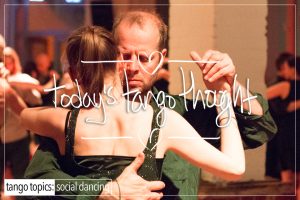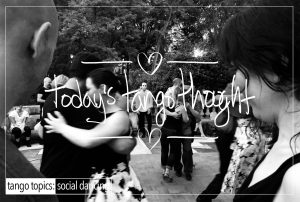Your foot has 5 metatarsals. Where are they ? And why are they important ? First, they’re just behind the toes. Looking at your foot, you’ll see your toes, and if you feel just where the toe connects to the ‘meat’ of your foot, that connector is where the metatarsal starts. These bones believe or not take the bulk of your weight when you’re walking, running, and yes…dancing, not your toes! The toes act like microbalancing tools, but the metatarsals are taking most of the punishment of your foot impacting the floor or the surface that it’s on. There are 2 very important metatarsals in Tango Topics way of seeing the Tango world. Those 2 important Metatarsals are the first and the fifth.
The first metatarsal is one that you use all day long. This one is also the easiest of the 5 to find, it’s also the biggest. This one is the just behind the ball of your big toe, and the first phalanges, or 1st toe joint. We’re looking for the bone just behind that toe joint. This bone above all others is taking most, if not, all of your weight. The rest of your foot is actually being used as a stabilizer and to distribute the weight transfers out over a larger surface area!
The fifth metatarsal is the one where unfortunately several nasty things can and do occur! This is the bone just behind your baby toe joint. Of all the bones in your foot, this is the most fragile and the most flexible one. It’s also the one that is going to snap under the right conditions. And those conditions happen for tango dancers, especially Followers, a lot. It’s where the Follower will quite literally land their weight on the fifth metatarsal itself. This is not ideal and can result in what’s called a Dancer’s Break, quite literally, anywhere along the 5th metatarsal bone itself. It happens because the foot rolls under itself thereby ‘crushing’ and breaking the 5th metatarsal bone, instead of the weight being distributed on the first and then metered out over the remaining metatarsals.











